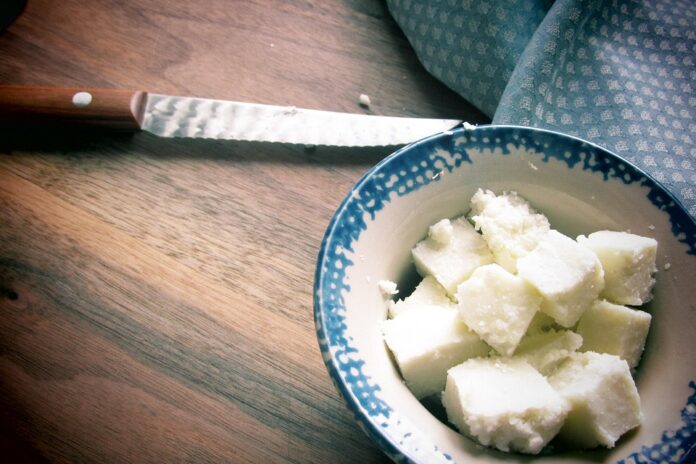The Global Goat Milk Industry From Traditional Herds to Modern Market Demand
Introduction
The goat milk industry has seen significant growth in recent years as consumers are becoming more aware of the health benefits associated with goat milk compared to cow’s milk. From traditional herds in rural areas to modern dairy farms, the global goat milk industry has evolved to meet the increasing market demand for this nutritious dairy product.
Traditional Herds and Production Methods
In many parts of the world, goat milk production still relies on traditional herding practices. Small-scale farmers raise goats in rural areas, where they graze on natural vegetation and are milked by hand. This traditional method of production is often labor-intensive but results in high-quality milk that is prized for its rich flavor and nutritional value.
Modernization of Goat Milk Production
With the growing demand for goat milk products, many farmers have transitioned to modern production methods to increase efficiency and meet market requirements. Modern dairy farms use advanced technology and equipment to improve milk quality, increase production volumes, and ensure food safety standards are met. This shift towards modernization has led to a significant increase in commercial goat milk production globally.
Market Demand and Consumer Trends
The global goat milk market is driven by increasing consumer awareness of the health benefits of goat milk. Goat milk is known to be easier to digest than cow’s milk, making it a popular choice for individuals with lactose intolerance or digestive issues. Additionally, goat milk is rich in nutrients such as vitamins, minerals, and proteins, making it a nutritious alternative to traditional dairy products.
Key Players in the Global Goat Milk Industry
Several companies dominate the global goat milk industry, including Goat Partners International, Meyenberg Goat Milk Products, and St Helen’s Farm. These companies operate dairy farms, processing facilities, and distribution networks to meet the growing demand for goat milk products worldwide. With a focus on quality and sustainability, these key players are driving innovation in the industry and expanding their market presence.
Financial Data and Industry Insights
The global goat milk industry is projected to continue its growth trajectory in the coming years, with a CAGR of 4.5% from 2021 to 2026. The market value is expected to reach $15.4 billion by 2026, driven by increasing consumer demand for natural and organic dairy products. Key market trends include the rise of goat milk-based infant formula, flavored goat milk products, and the expansion of distribution channels to reach new markets.
Challenges and Opportunities
Despite the positive outlook for the global goat milk industry, there are challenges that industry players must address. These include fluctuating milk prices, supply chain disruptions, and regulatory hurdles. However, there are also opportunities for growth, such as expanding into new markets, developing innovative goat milk products, and investing in sustainable farming practices to meet consumer demand for ethically produced dairy products.
Conclusion
The global goat milk industry has come a long way from traditional herds to modern market demand. With a focus on quality, sustainability, and innovation, key players in the industry are driving growth and meeting consumer preferences for nutritious dairy products. As the market continues to expand, there are opportunities for industry players to capitalize on the growing demand for goat milk and its associated products.

